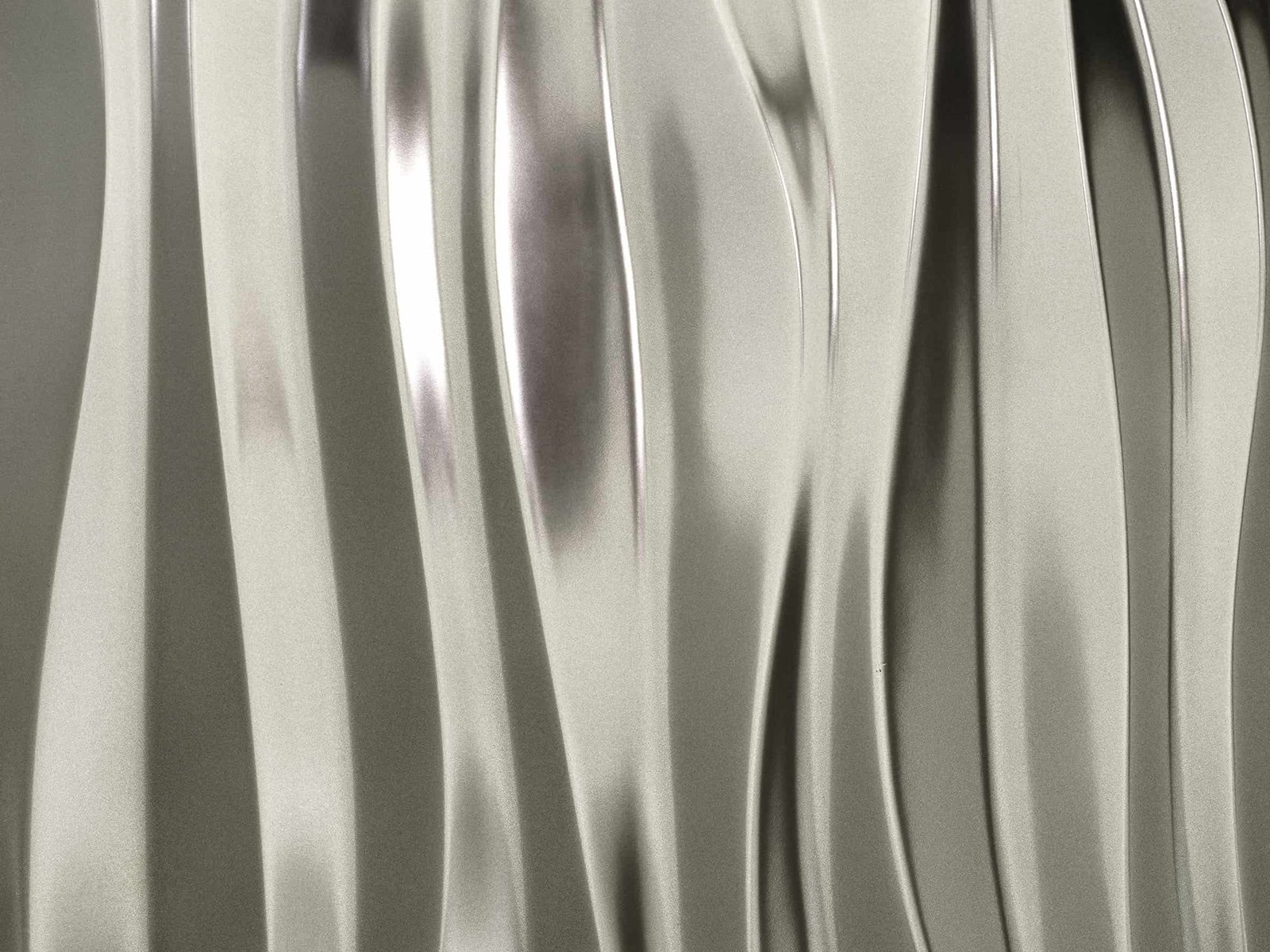Address
304 North Cardinal
St. Dorchester Center, MA 02124
Work Hours
Monday to Friday: 7AM - 7PM
Weekend: 10AM - 5PM
Address
304 North Cardinal
St. Dorchester Center, MA 02124
Work Hours
Monday to Friday: 7AM - 7PM
Weekend: 10AM - 5PM

Picture this: you’ve just discovered a stunning bronze necklace tucked away in your jewelry box, but alas, it’s tarnished. Does white bronze tarnish like regular bronze? Frustrating, right? Well, fret not! In this blog post, we’re going to dive into the world of bronze and unravel the mysteries of white bronze and regular bronze tarnish.
We’ll explore their differences, share valuable care tips, and even spill the secrets on cleaning tarnished white bronze objects. So, grab a cup of coffee, get cozy, and keep reading!
Before we delve into the realm of tarnish, let’s get acquainted with our stars of the show: white bronze and regular bronze.
White bronze is a unique alloy composed of copper, tin, and zinc, with copper being notably absent. This absence of copper gives white bronze its distinct “white” appearance, often resembling silver or pewter.
On the other hand, regular bronze is an alloy of copper and tin, occasionally supplemented with other elements.
When it comes to tarnish, both types of bronze can undergo chemical reactions with the environment, resulting in a change in their surface appearance.
The primary culprits behind tarnish are oxygen, moisture, and sulfur compounds present in the air, leading to the formation of oxides and sulfides on the metal’s surface.
Now let’s get down to brass tacks, or rather, bronze tacks. Regular bronze, over time, develops a characteristic brown patina as it reacts with oxygen.
This patina, often sought after for its antique charm, forms a protective layer that prevents further corrosion of the metal. Think of it as nature’s way of saying, “Hey, bronze, I’ve got you covered!”
White bronze, on the other hand, follows a different path. Without the presence of copper, it doesn’t readily develop the green patina commonly associated with regular bronze.
Instead, white bronze may exhibit a darker, grayish tarnish over time. It’s like bronze’s rebellious cousin who prefers to show off a different shade!
Now that we know the basics, let’s talk about keeping your white bronze jewelry looking its best. Here are some simple care tips to keep in mind:
When you’re about to take a plunge into a pool, ocean, or even a bubble bath, remember to remove your white bronze jewelry. Chlorine, saltwater, and soapy residues can accelerate tarnishing.
Harsh chemicals found in perfumes, lotions, and cleaning agents can tarnish white bronze. Apply your potions and lotions before putting on your jewelry, and make sure they’re fully absorbed before adorning yourself.
Regularly polishing your white bronze jewelry with a soft cloth can help remove tarnish and restore its shine. A gentle rub here and there can go a long way!
Uh-oh, your white bronze treasure has fallen victim to tarnish. Fear not, my friend! Let’s explore a couple of cleaning methods to bring back that lustrous glow:
Remember, regardless of the cleaning method you choose, always handle your white bronze objects with care and avoid using harsh chemicals or abrasive materials that could damage the metal.
When it comes to maintenance, white bronze has a slight advantage over regular bronze. Regular bronze tends to require more frequent cleaning and polishing due to its natural patina formation.
It’s like having a friend who loves showing off their evolving appearance. Regular cleaning and polishing help maintain the desired level of patina and prevent excessive tarnish buildup.
On the other hand, white bronze is a low-maintenance companion. Thanks to the absence of copper, it resists tarnish better and requires less frequent cleaning. While it may develop a darker tarnish over time, it doesn’t demand the same level of attention as regular bronze.
Ah, the eternal question: which metal resists tarnish better, white bronze or silver? Let’s settle this friendly rivalry once and for all. Silver, as we all know, tends to tarnish easily when exposed to air and sulfur compounds. That dreaded yellowish hue takes over, leaving us with tarnish woes.
But fear not, for white bronze emerges as the tarnish-resistant hero! Due to its unique composition, white bronze displays a higher resistance to tarnishing compared to silver. It’s like having the best of both worlds: the appearance of silver and the longevity of tarnish resistance.
Congratulations, my friend! You’re now a bonafide white bronze expert. We’ve explored the differences between white bronze and regular bronze tarnish, uncovered valuable care tips, and even revealed the secrets of cleaning tarnished white bronze objects.
Remember, white bronze may not develop that green patina like its regular bronze counterpart, but it still requires care and attention to maintain its lustrous appearance.
By following our simple care tips, such as removing your white bronze jewelry before swimming or bathing and storing it properly, you can prevent unnecessary tarnish and keep your jewelry looking stunning for years to come.
And if tarnish does appear, fear not! We’ve shared effective cleaning methods like using mild soap and warm water or creating a paste with lemon juice and baking soda.
In the battle of tarnish resistance, white bronze emerges as the hero. With its composition devoid of copper, it boasts superior resistance to tarnishing compared to silver.
So, if you’re looking for a metal that combines the appearance of silver with long-lasting shine, white bronze is your perfect companion.
Remember, though white bronze resists tarnish, it can still develop a darker tarnish over time with exposure to air and moisture.
Regular cleaning and proper care are essential to maintain its beauty. And should you encounter any questions or doubts, don’t hesitate to consult with a professional jeweler or metallurgy expert for personalized guidance.